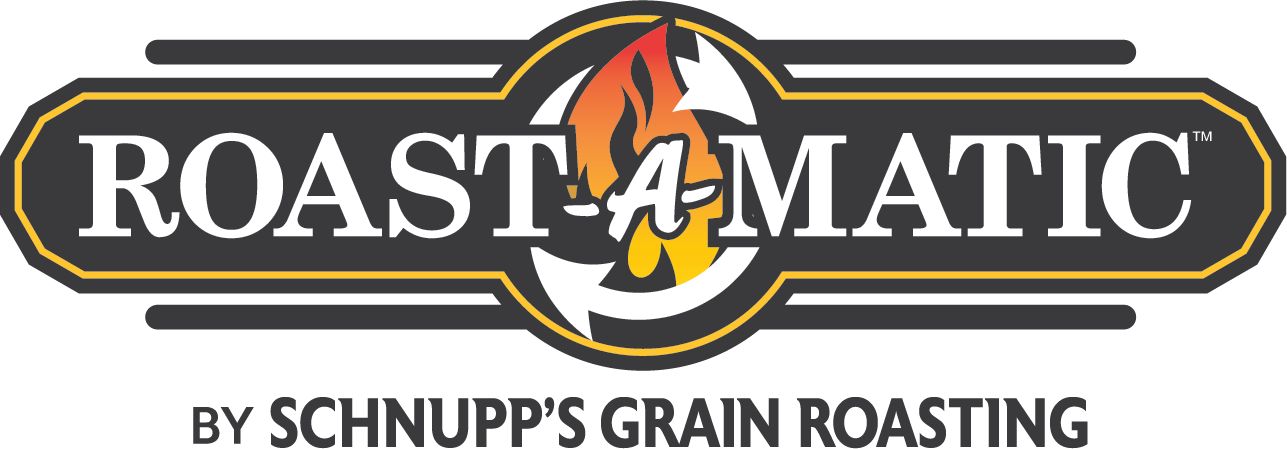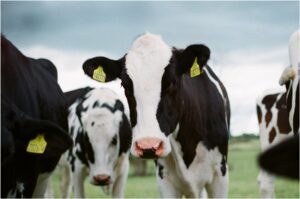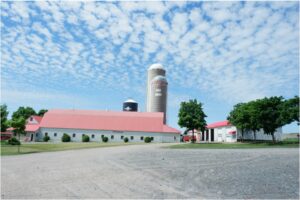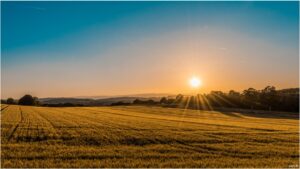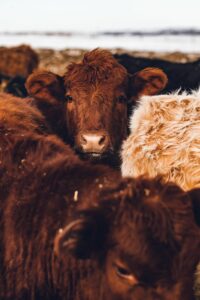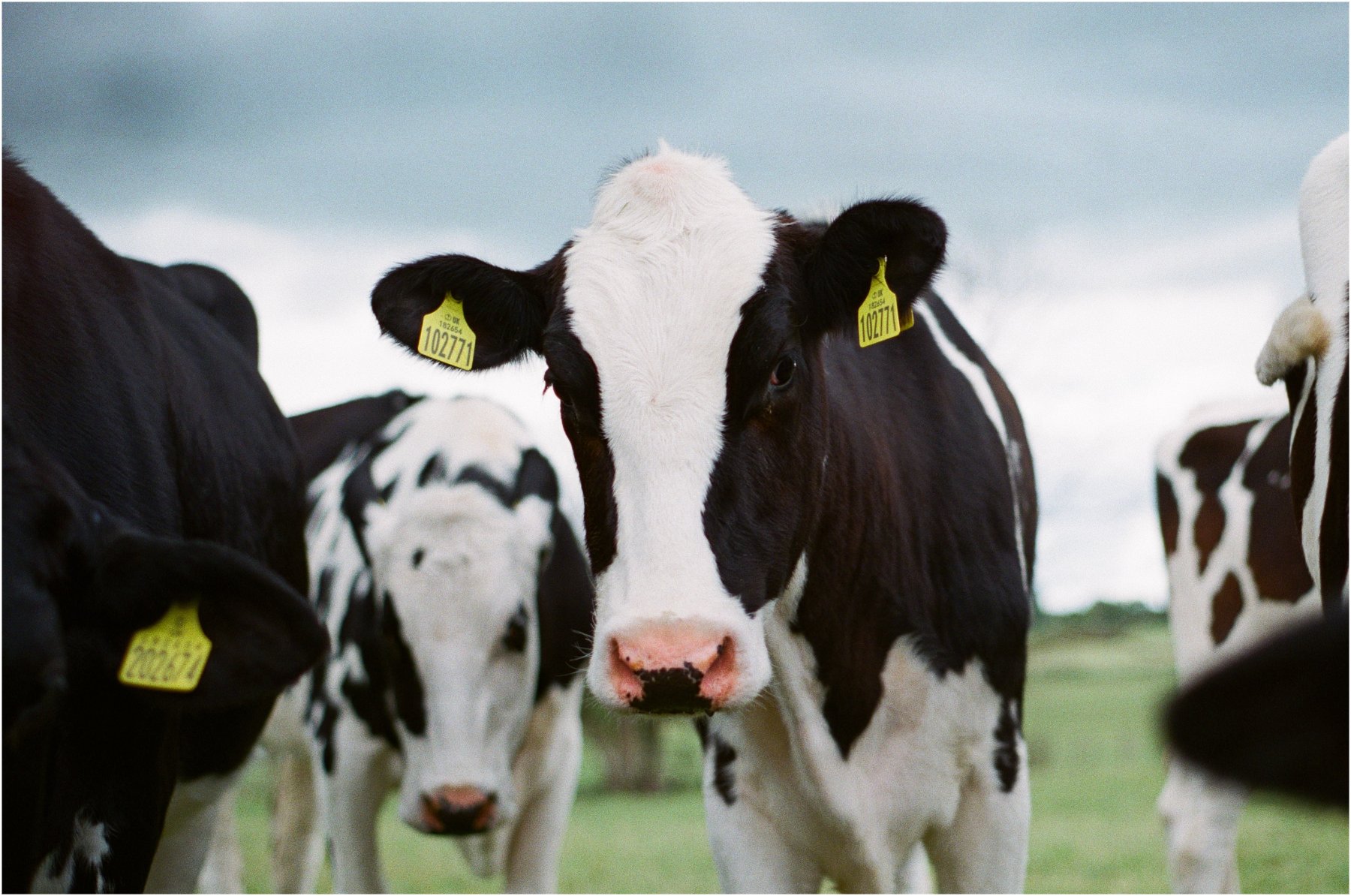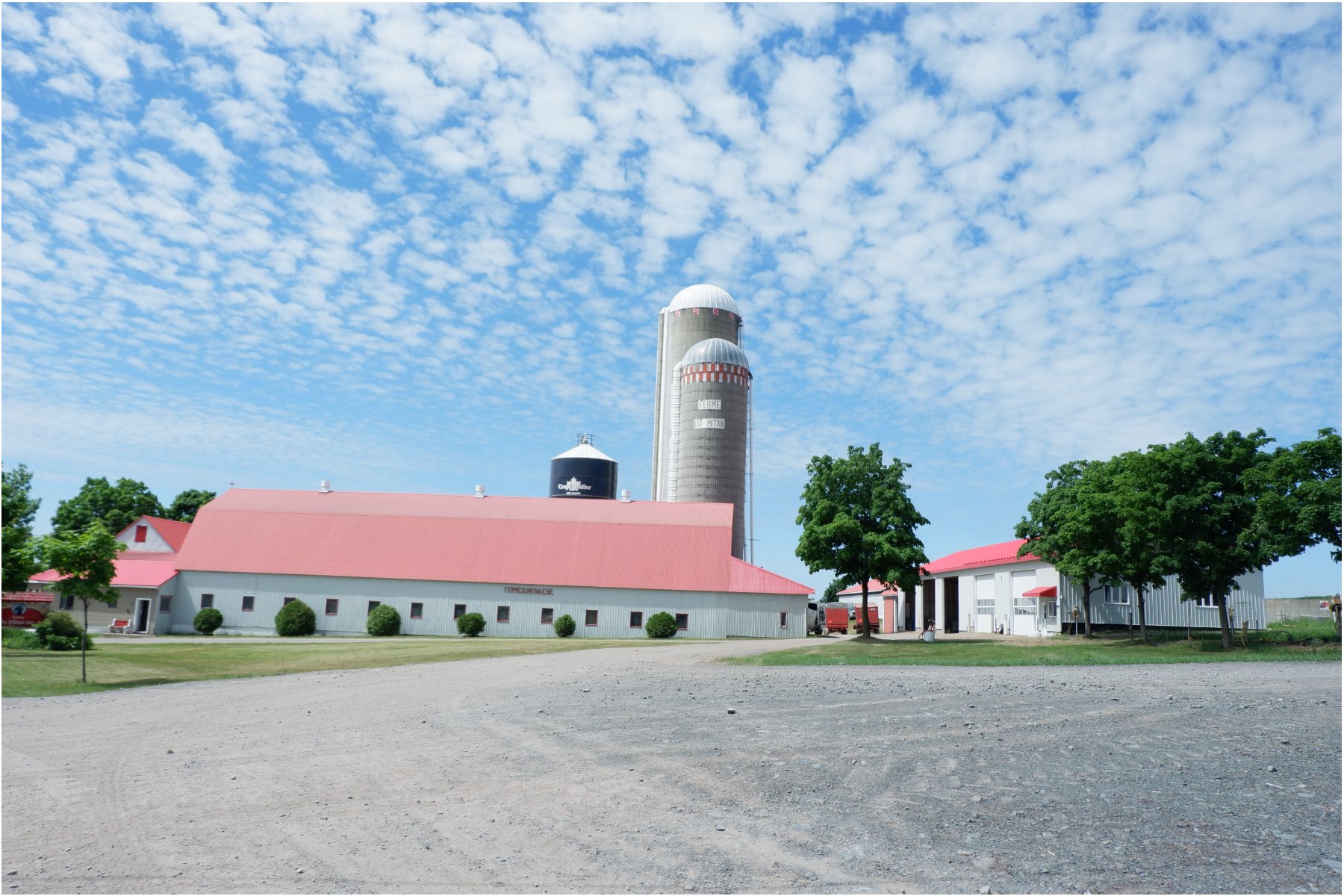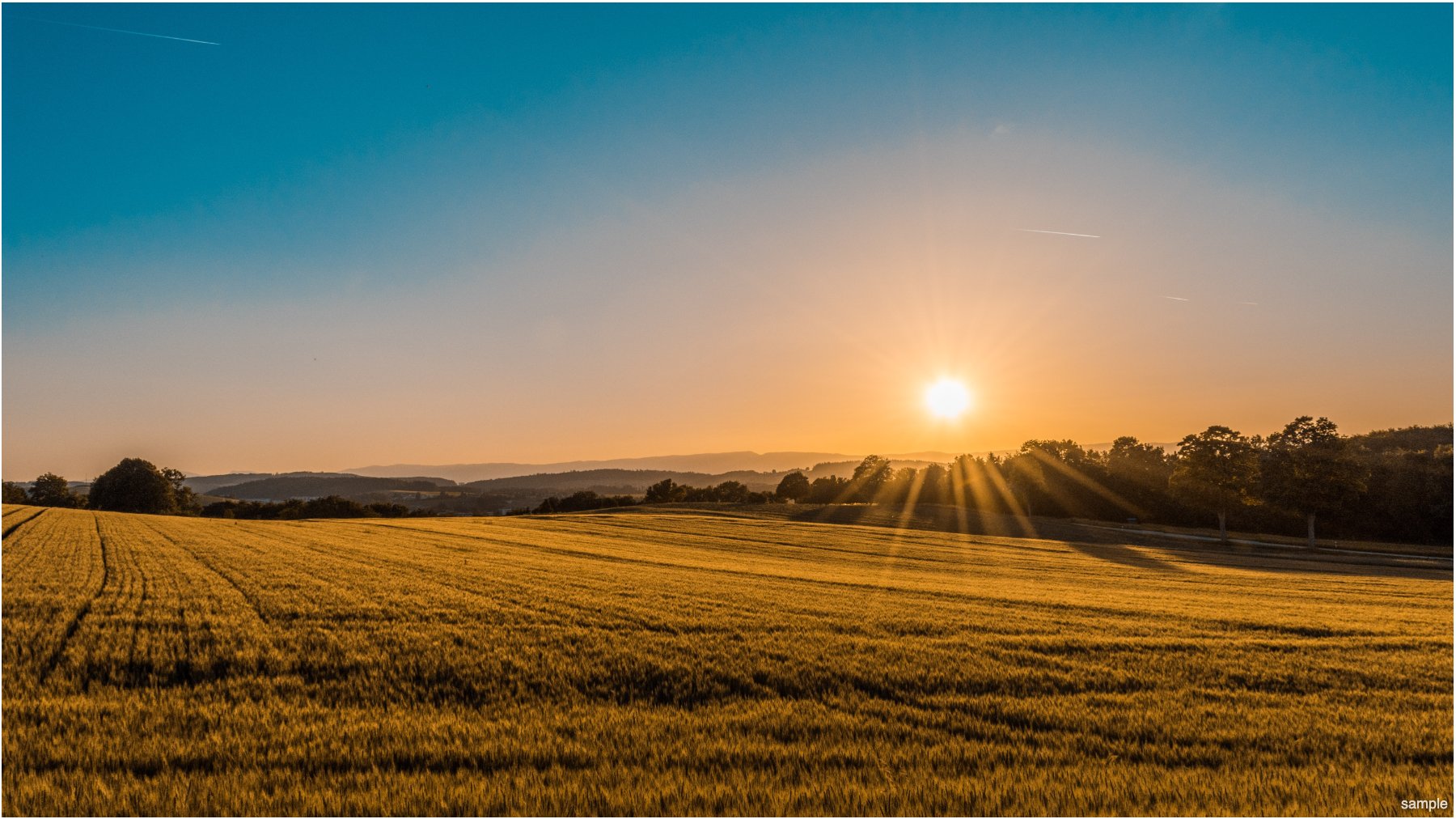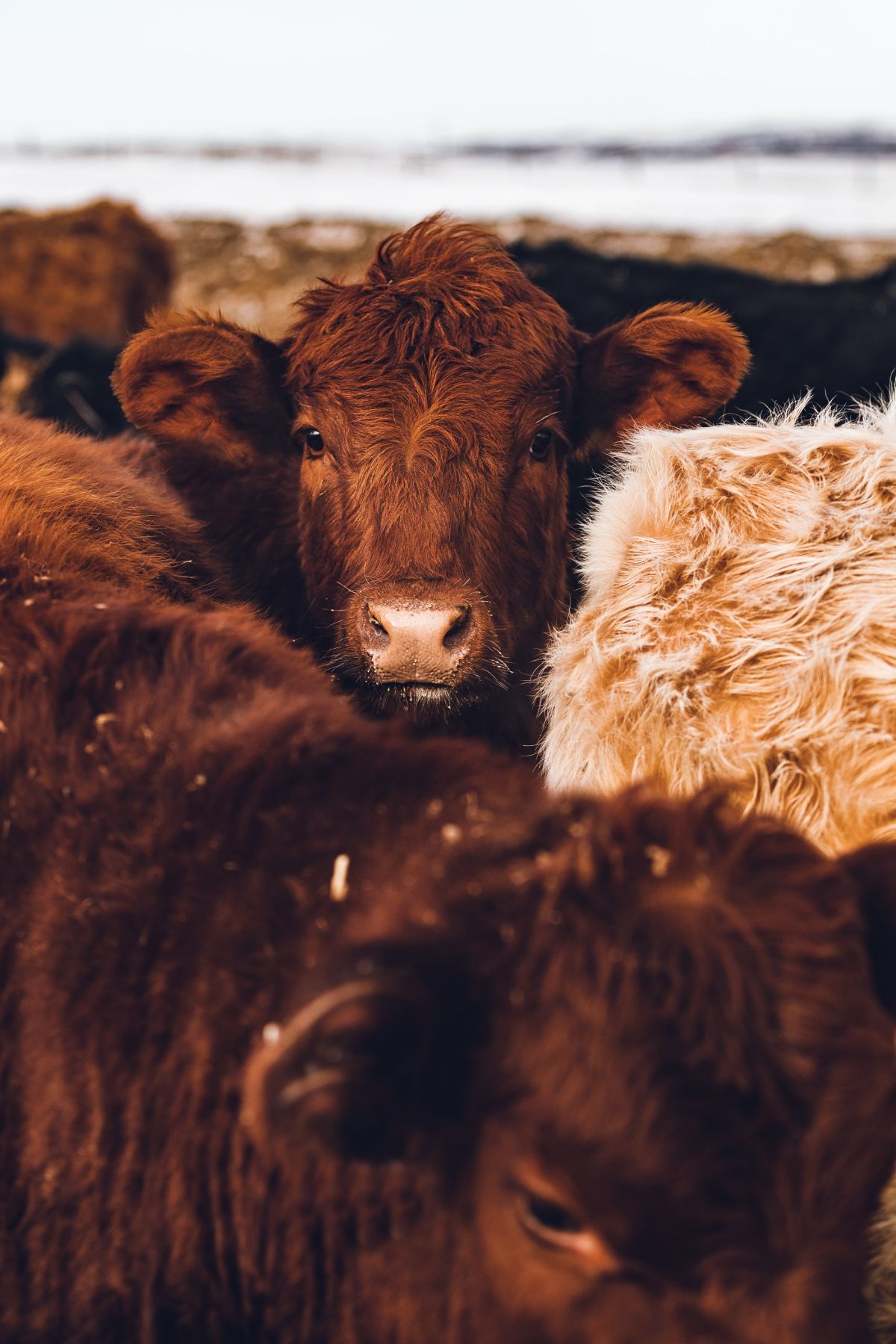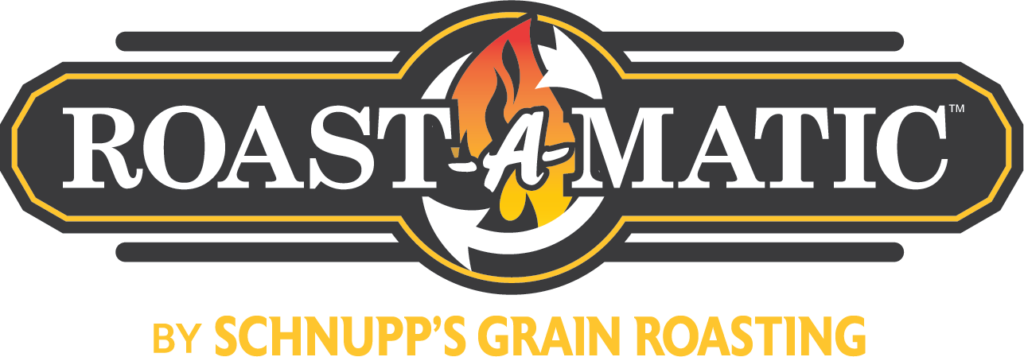A deeper dive into the grain roasting process
In recent years, the process of roasting grains for feed on farms has become increasingly popular. Farmers looking to improve animal health, save on expensive grain costs, and increase their bottom lines have turned to grain roasting as a process that addresses all three frustrations.
Grain roasting is the process of maximizing the nutritional value of various grains for feed to livestock. It can be used for soybeans, corn, barley, wheat, and other grains. While the process is relatively simple, there is more to it than just placing grains over an open flame.
So how does the process work exactly? We’re sharing the science behind grain roasting and why your operation may want to consider adopting this process in the new year.
The Grain Roasting Process
Step 1: Obtain a roaster
To roast grain, you first need the right tools and equipment to do so correctly. Roasters like ours at Roast-A-Matic offer various models and capacities depending on the size of your farm and the amount of grain you want to roast. Once you find a roaster that suits your needs, purchasing the roaster or bringing out a roasting service to your farm comes next.
Step 2: Choose your grain to roast
Next, you want to nail down what type of grain you’re looking to roast. Depending on the product, the temperature and roasting time will vary. Because of this, multiple grains can’t be roasted at the same time – which you probably wouldn’t want anyway. Decide what we’re roasting and start the process.
Step 3: Put the grains to the flames
In this step, the scientific roasting process gets started. As the grains become flame-kissed, molds are destroyed and harmful toxins are reduced. Next, the cell walls of the grain get ruptured to increase digestibility, making the nutrients readily available to the animal.
Step 4: Grain transformations
Depending on the type of grain you’re roasting, different chemical processes occur.
- For soybeans, toxic enzymes are destroyed during the roasting process, and bypass protein is increased.
- Roasting corn dries the grains down 8-10 points of moisture and digestibility level gets increased by 13% when using a roaster.
- Roasting the barley slows down the degradability of the protein. The bypass protein is enhanced 25%, making more protein available in the intestinal tract of dairy cows.
- Roasted wheat has a higher bypass starch releasing a lower amount in the rumen and a more significant amount in the intestinal tract. Out of condition wheat can be salvaged by roasting it, destroying powdery mildew, eliminating mold, and eradicating fungus.
Start Roasting Your Grains
While the process is relatively simple for roasting grains, the benefits overflow into many aspects of your operation besides just the animals’ feed being healthy and delicious. Healthier animals mean less health complications, better reproduction, richer byproducts, and much more.
If you’re ready to start roasting your farm’s grain for feed, Roast-A-Matic is here to help. Contact our team with any questions or talk with our experts on which roaster is the right one for you.
